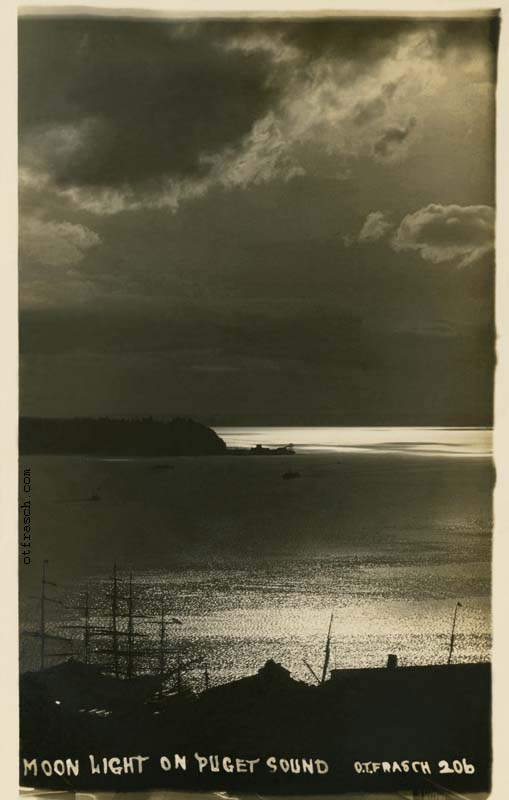

At the point where this powerful jet strikes the bubble wall, it "fractures" the liquid, releasing energy in the form of light, says Andrea Prosperetti, an internationally respected expert on the mechanical properties of bubbles. Sonoluminescence, the puzzling glow emitted by a bubble in a field of high-pitched sound waves, may be caused by a tiny jet of liquid that shoots across the interior of the bubble at supersonic speed and slams into the opposite side, a Johns Hopkins researcher has proposed. The Johns Hopkins University has also provided this official statement on Dr. Hence, while it is not absolutely possible to rule out the occurrence of nuclear reactions inside a pulsating bubble on the basis of the present knowledge, the actual occurrence of such reactions is, to say the least, doubtful." "Furthermore, experiment suggests that the light emitted by a bubble has a weak directional asymmetry, which would be incompatible with perfect sphericity. On theoretical grounds, there are many reasons to doubt this premise: a collapsing sphere is highly unstable (which is the reason why attempts at producing fusion by causing the implosion of gas-filled micro-balloons with powerful pulses of laser light have so far failed), and liquid jets may develop that span the bubble. "The most fundamental one is the fact that the bubble remains absolutely spherical during its radial oscillations. The computations that indicate such extreme conditions inside a pulsating bubble are based on rather extreme idealizations.

While many researchers would concede temperatures of up to, say, 10,000 kelvins (which is way too low for nuclear fusion), a much smaller number would feel comfortable with temperatures in the millions of degrees range. "It must first of all be stressed that the 'extremely high temperatures' referred to are, at least for now, speculation. In it, the author outlines a different interpretation of the phenomenon from the one given below, though he agrees that the likelihood of getting fusion to occur in sonoluminescence bubbles is insignificant.Īndrea Prosperetti in the department of mechanical engineering at the Johns Hopkins University has studied this question in detail. Putterman ( Scientific American, February 1995). A detailed discussion of the physics of can be found in the article "Sonoluminescence: Sound into Light," by Seth J.


 0 kommentar(er)
0 kommentar(er)
